Other names John Babbacombe Lee | Name John Lee | |
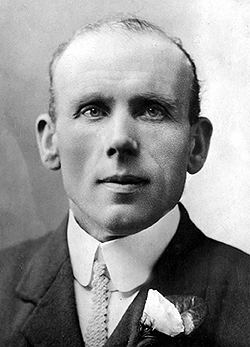 | ||
Full Name John Henry George Lee Died March 19, 1945, Milwaukee, Wisconsin, United States | ||
John Henry George Lee
John Henry George Lee (1864 – c. 19 March 1945), better known as John "Babbacombe" Lee or "The Man They Couldn't Hang", was an Englishman famous for surviving three attempts to hang him for murder. Born in Abbotskerswell, Devon, Lee served in the Royal Navy, and was a known thief. In 1885, he was convicted of the brutal murder of his employer, Emma Keyse, at her home at Babbacombe Bay near Torquay on 15 November 1884 with a knife. The evidence was weak and circumstantial, amounting to little more than Lee having been the only male in the house at the time of the murder, his previous criminal record, and being found with an unexplained cut on his arm. Despite this and his claim of innocence, he was sentenced to hang. At times, he was thought to be "the man you shouldn't hang" due to suspected divine intervention.
Contents
- John Henry George Lee
- John babbacombe lee o homem que n o queria morrer enforcado 111 not cias assombradas
- Execution attempts and aftermath
- Later years and identifications
- Portrayals
- Babbacombe Lee the folk opera
- One Step Beyond fictionalised teleplay
- References
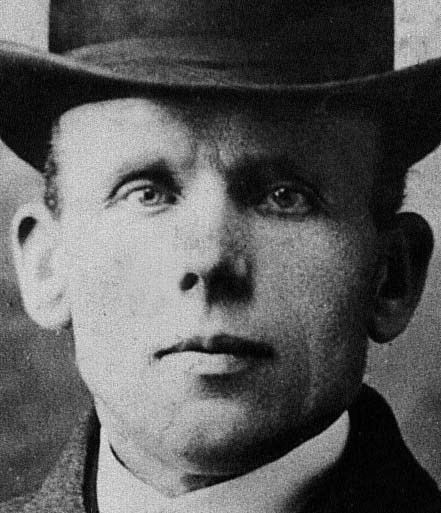
John babbacombe lee o homem que n o queria morrer enforcado 111 not cias assombradas
Execution attempts and aftermath
On 23 February 1885, three attempts were made to carry out his execution at Exeter Prison. All ended in failure, as the trapdoor of the scaffold failed to open despite being carefully tested by the executioner, James Berry, beforehand. The Medical Officer, T Wilson Gaird, refused to take any further part in the proceedings, and they were stopped. As a result, Home Secretary Sir William Harcourt commuted the sentence to life imprisonment. The Home Office ordered an investigation into the failure of the apparatus, and it was discovered that when the gallows was moved from the old infirmary into the coach house, the draw bar was slightly misaligned. As a result the hinges of the trapdoor bound and did not drop cleanly through. Lee continued to petition successive Home Secretaries and was finally released in 1907.
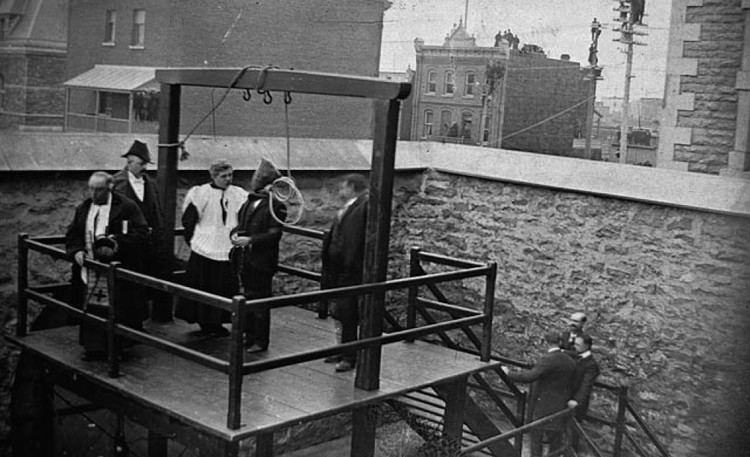
The only other man in history known to have survived three hanging attempts was Joseph Samuel, in September 1803.
Later years and identifications
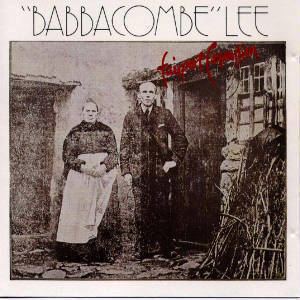
After his release, Lee seems to have exploited his notoriety, supporting himself through lecturing on his life, even becoming the subject of a silent film. Accounts of his whereabouts after 1916 are somewhat confused, and one researcher even speculated that in later years, there was more than one man claiming to be Lee. It was suspected that he died in the Tavistock workhouse sometime during the Second World War.
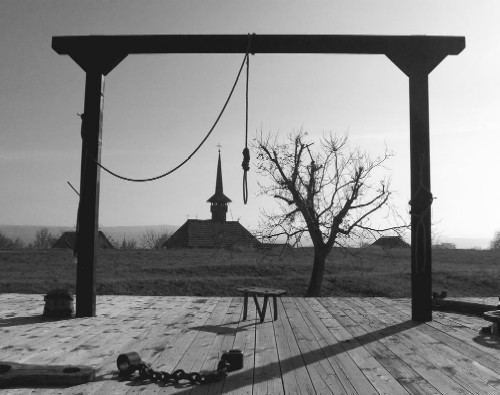
However, more recent research concludes that he died in the United States under the name of "James Lee" in 1945. According to the book The Man They Could Not Hang by Mike Holgate and Ian David Waugh, Lee's gravestone was located at Forest Home Cemetery, Milwaukee in 2009.
Portrayals
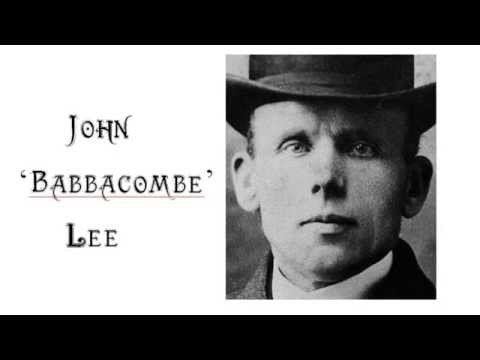
The tale of Lee has inspired a play, a film (The Life Story of John Lee, or The Man They Could Not Hang), a folk opera and a teleplay.
Babbacombe Lee the folk opera
Dave Swarbrick, fiddle-player in the English folk-rock band Fairport Convention, came across a series of old newspaper articles about Lee and was inspired to compose the folk rock opera Babbacombe Lee, which was recorded and released by the band as an LP in 1971. In 2012 Fairport Convention released an extended version Babbacombe Lee Live Again on CD.
One Step Beyond fictionalised teleplay
For the American television series Alcoa Presents: One Step Beyond, scriptwriter Alfred Brenner fictionalised John Lee's story under the title "The Devil's Laughter". It was aired as the series' 11th episode in March 1959. In the drama, the main character (here named John Marriott) survives multiple attempts to hang him for the murder of a woman, first as the gallows rope snaps, then as the trap door fails, as in Lee's case. Unlike Lee, Marriott admits to the slaying. However, like Lee, Marriott is dubbed "the man who can't be hanged" and is released from prison. During the first execution attempt, Marriott had had a vision that he would die somewhere in London "at the foot of a lion". Because Marriott regards this as impossible, he openly exploits his seeming ability to defy death, as Lee did, and defiantly survives another attempt to kill him. Ultimately, he dies in a careless fall, breaking his neck at the foot of one of London's many lion statues. This fatalistic ending – Brenner's invention to give his fictional version a moral conclusion – has no counterpart in the original account of Lee.
